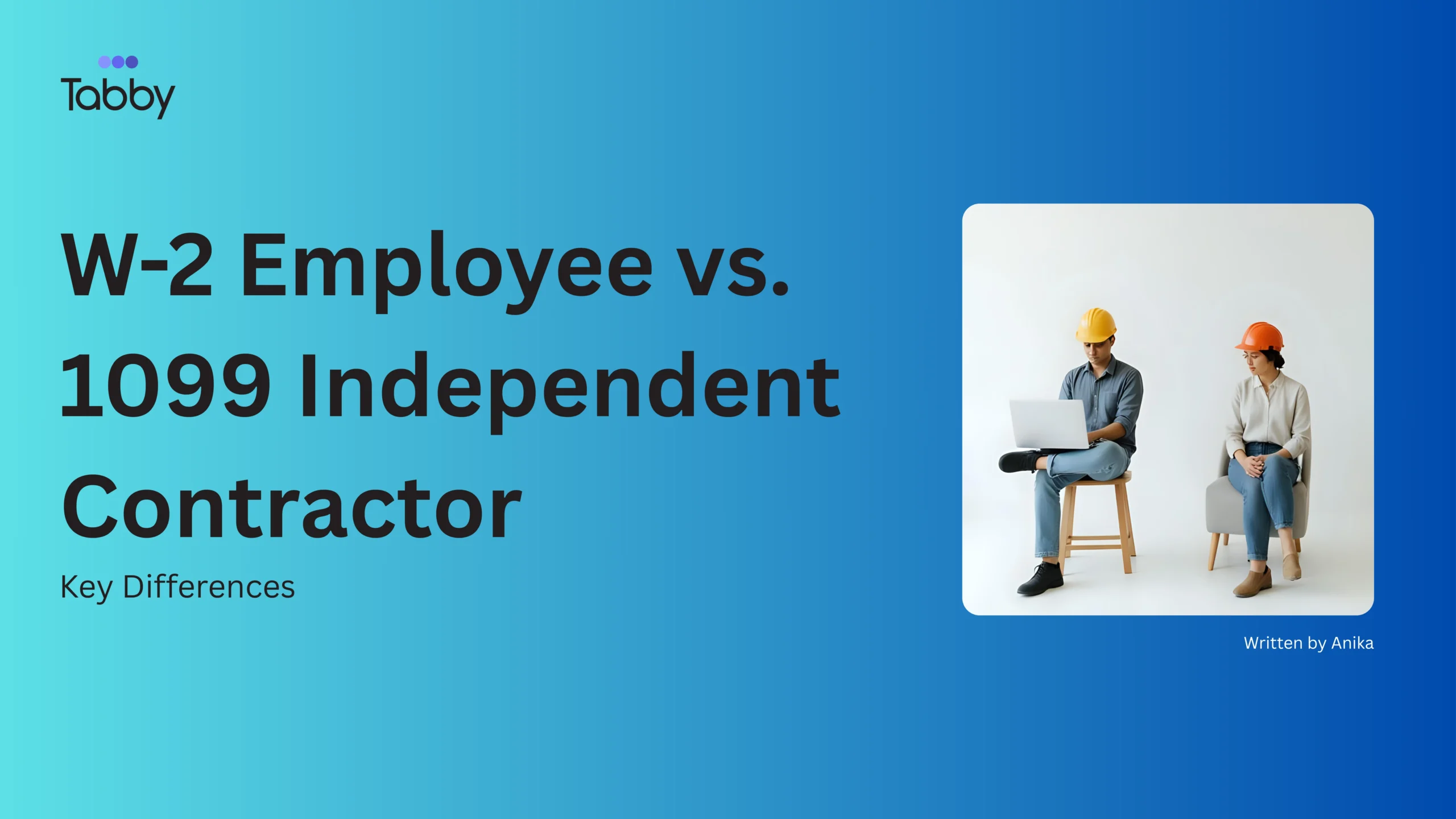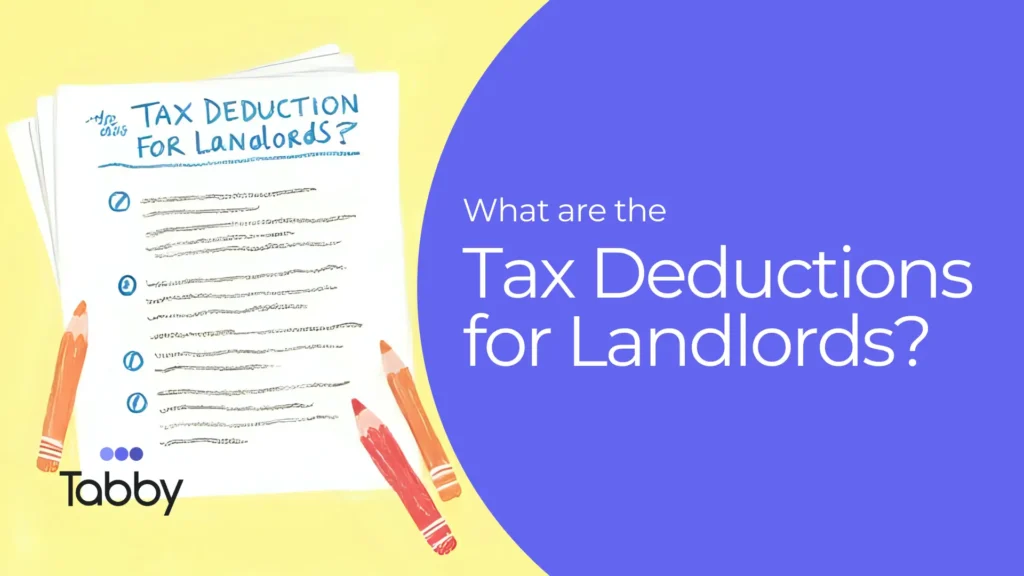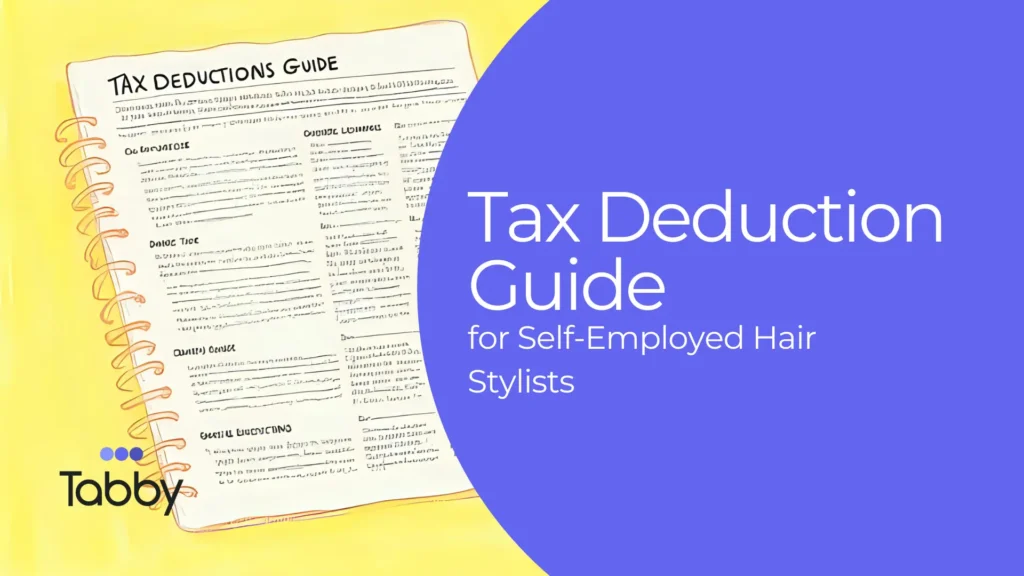- Tax Preparation,
- | October 6, 2025
W-2 Employee vs 1099 Independent Contractor: Key Differences

First, when it comes to working on 1099, the flexibility and freedom are completely different than when you are a W-2 employee. As a W-2 employee, you have to be there at set hours, you have a set role, and the employer will provide you all the tools and necessary equipment that you need to get your work done.
As a 1099 contractor, you generally have to bring your own tools and supplies, and you work whenever based on your own schedule. So that’s one of the biggest differentiators.
Now, let’s cover the key differences between a W-2 employee and a 1099 independent contractor.
Taxes and Deductions
When it comes to filing taxes and deductions, there’s also a big distinction.
- W-2 Employee: You generally cannot take deductions against your income. Before 2018, you could take something called “unreimbursed employee expenses” (like uniforms, union dues, tools, or books), but that was eliminated under the tax law changes in 2018.
- 1099 Contractor: You can take business-related deductions and write-offs that drastically reduce the amount of taxes you owe. In some cases, you may pay less tax than a W-2 employee if you have a lot of write-offs.
Of course, 1099 work comes with extra responsibilities:
- Keeping track of expenses
- Paying quarterly taxes
- Managing your own bookkeeping
But the benefit is that you may end up paying less tax overall because you can deduct more.
How You File Taxes for 1099 and W-2
- 1099 Income: Reported on Schedule C with your 1040. You calculate profit after expenses, and that is taxed.
- W-2 Income: Reported directly on your Form 1040. Taxes are already withheld from your paycheck. If you overpaid, you get a refund. If you underpaid, you owe money.
Onboarding Forms (W-9 vs W-4)
Another difference is the forms you fill out when starting work:
- If you’re going to receive a 1099, the company will have you fill out a W-9.
- If you’re going to receive a W-2, the company will have you fill out a W-4.
This tells you your tax status: employee vs independent contractor.
Why Freelancers Need to Know the Difference
If you are a freelancer or self-employed, you need to know which tax form you’re getting. It will help you:
- Avoid surprises at tax time
- Plan ahead for taxes owed
- Track deductions if you’re on 1099
- Adjust your budget if you’re on W-2 (since taxes are withheld automatically)
With a W-2, you’ll take home less upfront, since federal tax, state tax, Medicare, and Social Security are withheld. With a 1099, you’ll take home more upfront, but you must set aside money for taxes yourself.
Why Small Business Owners Need to Know the Difference
If you’re a small business owner, it’s critical to properly classify workers. Misclassification can lead to IRS and Department of Labor penalties.
Examples of W-2 employees:
- Cashiers working a fixed hourly schedule
- Stock clerks on regular shifts
- Managers with set schedules
Examples of 1099 contractors:
- A cleaner who comes after hours with their own supplies and works on their own schedule
- A freelance marketer posting on social media or passing out flyers, using their own tools and working independently
Common Mistakes to Avoid
- Workers confusing W-2 vs 1099:
- Don’t assume you can deduct expenses on W-2 income (you can’t).
- If you’re 1099, don’t forget to track expenses and possibly make quarterly payments.
- Small business owners misclassifying workers:
- Provide W-4s to employees.
- Provide W-9s to independent contractors.
- Issue tax documents by January 31 each year.
How Tabby Helps 1099 Workers Stay Tax-Ready
If you’re someone who works on 1099 and you’re not using automated software like Tabby, you’re leaving money on the table.
Here’s why:
- At tax time, people scramble and miss deductions.
- With Tabby, you link your bank and credit card accounts (even personal ones).
- The software automatically finds deductions, even ones you may not know about.
- At the end of the year, it generates a complete report you can hand to your accountant or use to file your own taxes.
This makes tax season stress-free, saves you time, and saves you money by maximizing write-offs.
Conclusion
You should know whether you are a W-2 employee or a 1099 contractor. If you’re a worker, know which form you’re filling out (W-4 vs W-9) and how your taxes will be filed. If you’re a business owner, classify your workers correctly to avoid penalties.
Most importantly, if you’re on 1099, use AI bookkeeping software like Tabby to track your deductions and stay ready for tax season.
FAQ
What is the main difference between 1099 vs W2 employees?
The big difference is control and how taxes are handled. W2 employees have set hours, a regular paycheck, and taxes already taken out of their paychecks. Their employer also pays part of their Social Security and Medicare. A 1099 worker, on the other hand, is self-employed. They set their own schedule, usually bring their own tools, and they get the full payment with no taxes taken out. Then it’s on them to handle quarterly taxes and keep track of deductions.
Do 1099 workers pay more taxes than W2 employees?
It can feel like it because 1099 workers have to pay the full self-employment tax, which is both the employee and employer side of Social Security and Medicare. That’s about 15.3%. But 1099 workers also get to write off business expenses. Things like car expenses, home office, supplies, insurance, and those can bring the taxable income down a lot. So sometimes they do pay more, but if they track deductions right, they can actually end up paying less than someone on a W2 with no deductions.
Can a business hire both 1099 contractors and W2 employees?
Yes, absolutely. A lot of small businesses do this. You might have W2 employees for the core roles like cashiers, managers, office staff — people with set hours and regular work. And then you can also hire 1099 contractors for things like cleaning, marketing, design, or other projects where the person works on their own schedule. The key is you have to classify them correctly, because if you misclassify a worker, the IRS or Department of Labor can come after you with penalties.
How can Tabby help freelancers manage 1099 income?
Most freelancers I’ve worked with have multiple 1099s from different clients, sometimes a 1099-K from PayPal or Uber, and it adds up fast. Tabby makes this part simple. You connect your accounts, and Tabby automatically pulls in all the income, matches up your expenses, and finds deductions. At the end of the year you don’t have to scramble with spreadsheets, you just have one clean report ready for your tax return. It saves you time, money, and a lot of stress.



